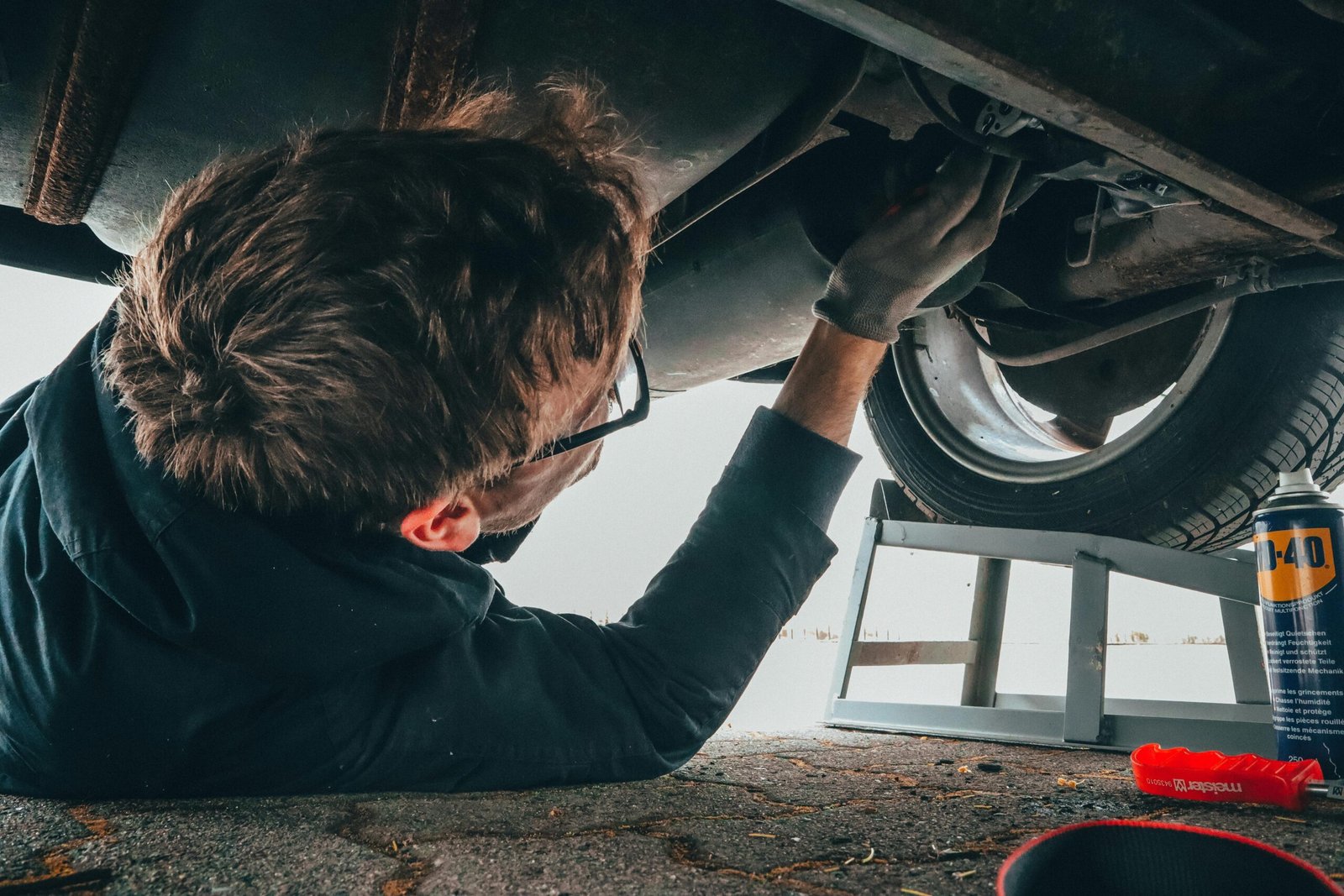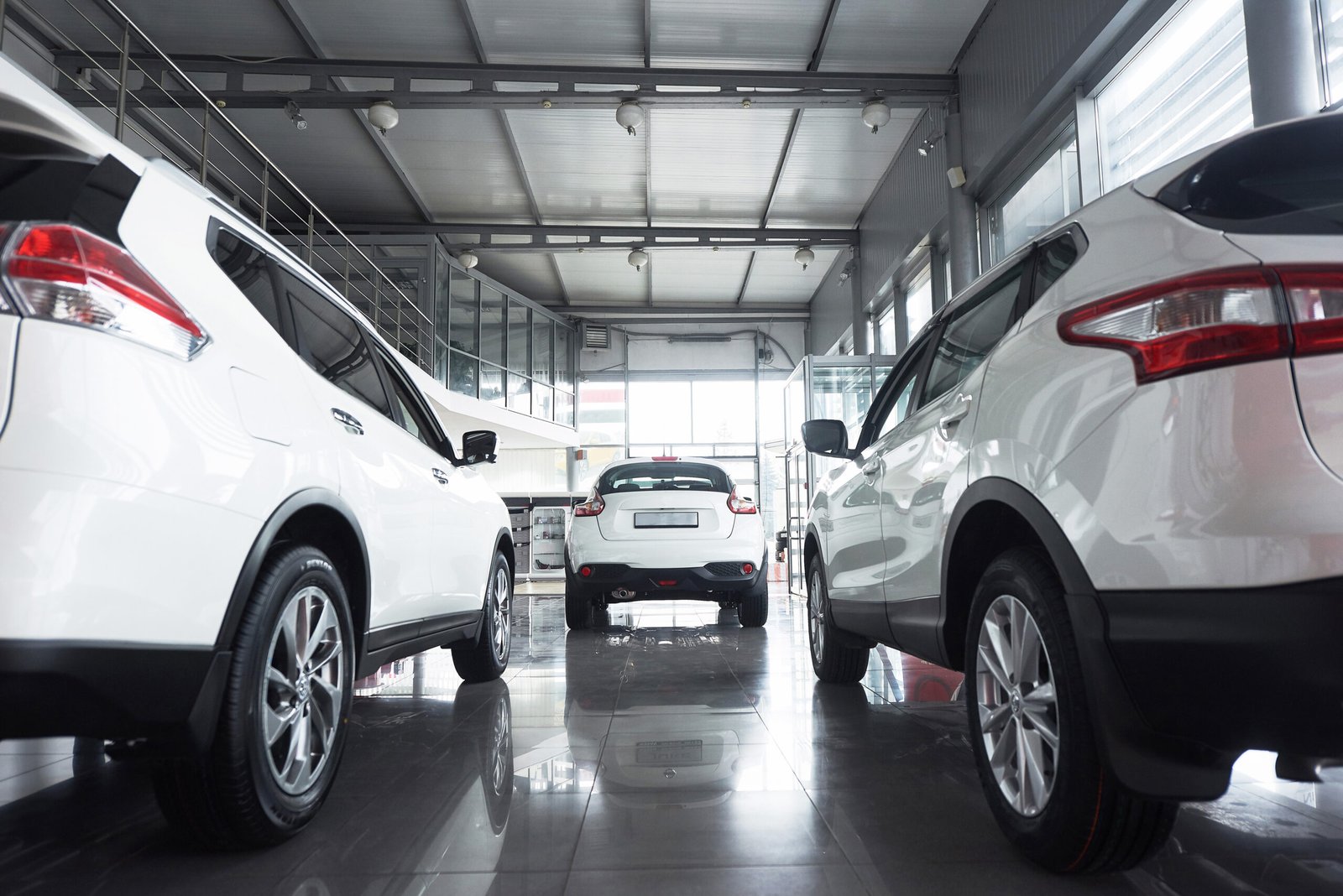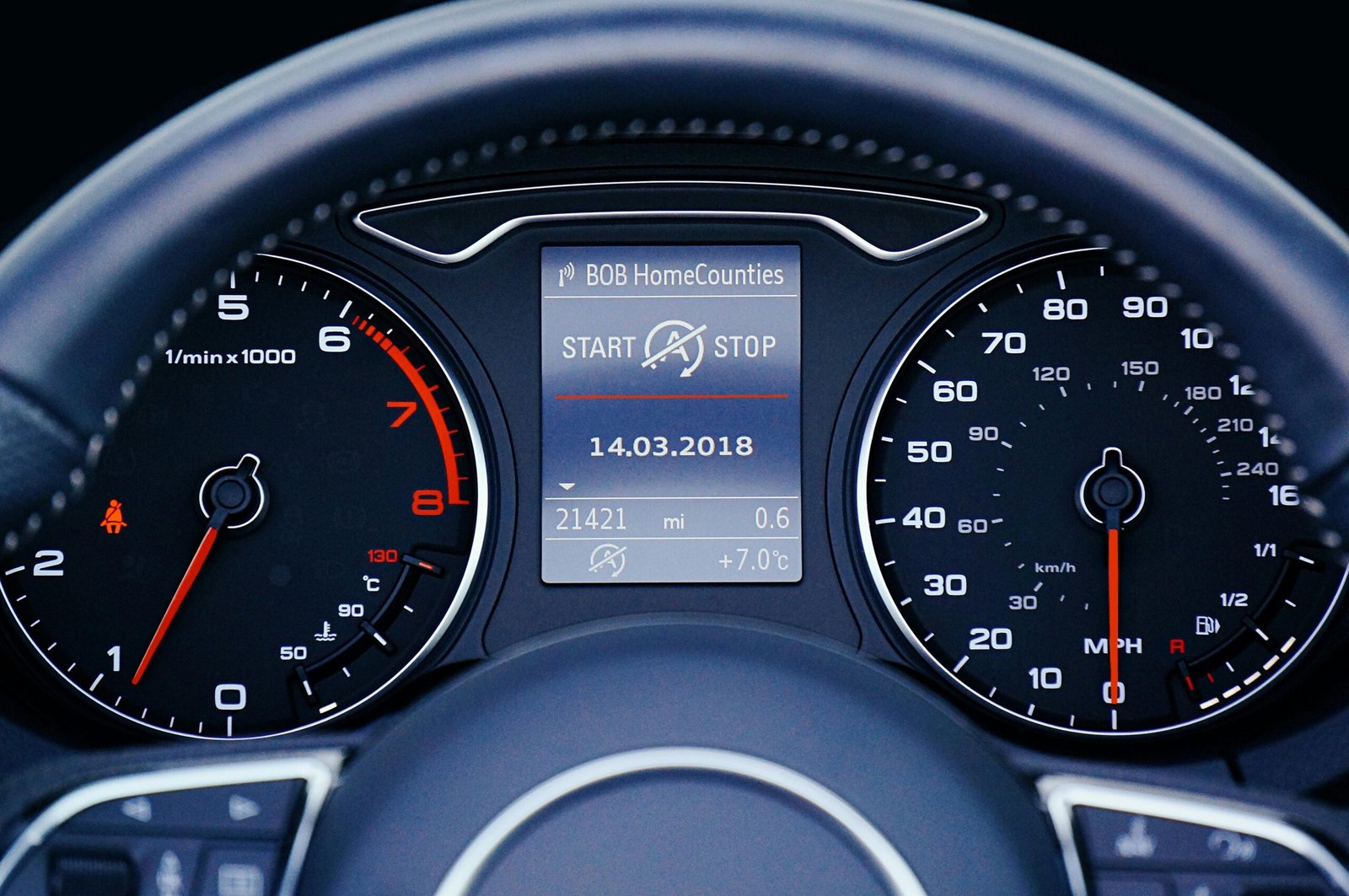Introduction
Vehicle protection is a critical aspect for any car owner. It’s not just about insuring your car against accidents; it encompasses a range of scenarios including theft, natural disasters, and other unforeseen damages. The right vehicle protection plan can be the difference between a minor inconvenience and a major financial setback. It’s essential to understand the various types of coverage available and how they can safeguard your vehicle and financial health.
Importance of Comprehensive Coverage
Comprehensive coverage is often misunderstood. Unlike liability or collision insurance, which cover damages to other vehicles and property, comprehensive insurance covers damages to your vehicle that are not caused by a collision. This can include events like storms, theft, and vandalism. Opting for comprehensive coverage ensures peace of mind, knowing that your vehicle is protected against a wide array of non-collision related incidents.
Types of Vehicle Protection Plans
Liability Coverage
Liability coverage is mandatory in most states. It covers damages you may cause to another person’s property or injuries to other individuals in an accident. It’s the most basic form of car insurance, but it doesn’t cover damages to your own vehicle. Understanding your state’s minimum liability coverage requirements is crucial in choosing the right insurance plan.
Collision Coverage
Collision coverage is designed to repair or replace your vehicle if it’s damaged in an accident with another vehicle or object, such as a fence or a tree. It is particularly important if you have a newer or more valuable car. However, it doesn’t cover damage due to theft or natural disasters, which is where comprehensive coverage comes in.
What Does Comprehensive Vehicle Protection Cover?
Natural Disasters
Comprehensive vehicle protection covers damages caused by natural disasters such as hurricanes, earthquakes, floods, and hailstorms. This type of coverage is vital, especially if you live in an area prone to extreme weather conditions. It ensures that your vehicle is protected against unpredictable natural events, which can cause significant damage.
Theft and Vandalism
One of the main benefits of comprehensive coverage is the protection it offers against theft and vandalism. If your car is stolen or damaged due to criminal activities, comprehensive insurance will cover the cost of repair or replacement. This is particularly important in urban areas or regions with high crime rates.
Choosing the Right Comprehensive Vehicle Protection
Assessing Your Needs
Selecting the right comprehensive vehicle protection plan involves evaluating your specific needs and circumstances. Consider factors like the age and value of your car, your driving habits, and the geographic area where you drive. A new, expensive car may require more coverage compared to an older, less valuable model.
Understanding Policy Limits
Understanding the limits of your policy is crucial. Policy limits dictate the maximum amount an insurance company will pay in the event of a claim. It’s important to ensure that these limits are sufficient to cover the full value of your car and any potential liabilities. Underestimating these can lead to significant out-of-pocket expenses in case of a major claim.
Costs and Benefits of Comprehensive Vehicle Protection
Cost Factors in Vehicle Insurance
The cost of comprehensive vehicle insurance varies based on several factors. These include the make and model of your vehicle, your driving history, location, and the level of coverage you choose. Cars that are more expensive to repair or are statistically more likely to be stolen typically have higher insurance premiums.
Balancing Cost and Coverage
Finding the right balance between cost and coverage is essential. While it’s tempting to choose a plan with lower premiums, this often means higher deductibles and less coverage. Conversely, a plan with extensive coverage may have higher premiums but can save substantial money and hassle in the event of a claim.
How to Claim Comprehensive Vehicle Protection
The Claim Process
Understanding the claim process is crucial when dealing with comprehensive vehicle protection. In the event of an incident, you should promptly contact your insurer to initiate a claim. The process usually involves submitting a claim form, providing evidence of the damage (like photos or a police report), and having your vehicle assessed by an adjuster.
Required Documentation
Keeping proper documentation is key to a successful insurance claim. This includes a copy of the police report in case of theft or vandalism, photographs of the damage, and any receipts for repairs. Accurate and thorough documentation can significantly speed up the claims process and ensure a fair settlement.
Maintaining Your Vehicle for Optimal Protection
Regular Maintenance Tips
Regular maintenance of your vehicle not only ensures its longevity but also can affect your insurance. Well-maintained vehicles are less likely to encounter accidents due to mechanical failures, which can positively impact your insurance premiums.
Safety Features that Lower Insurance Costs
Vehicles equipped with advanced safety features such as anti-lock brakes, airbags, and anti-theft systems may qualify for discounts on comprehensive vehicle insurance. These features reduce the risk of accidents and theft, making them favorable in the eyes of insurers.
Legal Aspects of Vehicle Insurance
State Laws and Requirements
Vehicle insurance requirements vary by state. Most states require a minimum amount of liability coverage, but comprehensive coverage is optional. Familiarizing yourself with your state’s specific insurance laws is important to ensure you’re adequately protected.
Understanding the Fine Print in Insurance Policies
It’s crucial to understand the terms and conditions of your insurance policy. The fine print can include clauses about coverage limits, deductibles, exclusions, and conditions for claims. Understanding these details helps avoid surprises when you need to make a claim.
Future Trends in Vehicle Protection
Impact of Technology on Vehicle Insurance
Technological advancements are significantly impacting vehicle insurance. Telematics, for example, allows insurers to offer personalized rates based on actual driving behavior. Autonomous vehicles and advanced driver assistance systems (ADAS) are also expected to bring significant changes to vehicle insurance.
Anticipating Future Coverage Needs
As vehicles evolve, so will the need for different types of insurance coverage. Electric and autonomous vehicles, for instance, may require new forms of protection. Staying informed about these trends is essential for ensuring your coverage remains adequate in the future.
Frequently Asked Questions (FAQs)
Q: Is Comprehensive Vehicle Protection Mandatory?
A:Comprehensive vehicle protection is not legally mandatory, unlike liability insurance. However, if your vehicle is financed or leased, your lender may require you to have comprehensive coverage.
Q:What is the Difference Between Comprehensive and Collision Coverage?
A: Collision coverage pays for damage to your vehicle resulting from a collision with another vehicle or object. Comprehensive coverage, on the other hand, covers damage to your vehicle caused by events other than collisions, such as theft, vandalism, and natural disasters.
Q: Does Comprehensive Coverage Include Breakdowns?
A: No, comprehensive coverage does not typically include mechanical breakdowns unless they result from a covered event. For breakdowns, separate mechanical breakdown insurance is often needed.
Q: How Does Vehicle Value Affect Comprehensive Insurance Costs?
A:The value of your vehicle significantly impacts your comprehensive insurance costs. Higher-value vehicles generally cost more to insure due to the higher cost of repair or replacement.
Conclusion
In conclusion, comprehensive vehicle protection is an essential component of responsible vehicle ownership. It provides a safety net against a wide range of risks, ensuring that you and your vehicle are protected. By carefully choosing the right coverage, staying informed about industry trends, and maintaining safe driving practices, you can ensure that this protection serves its purpose effectively, keeping your vehicle safe and your mind at ease. Comprehensive vehicle protection is an essential aspect of car ownership. It offers peace of mind by protecting your vehicle against a variety of risks beyond collisions. By understanding the different types of coverage, costs, and legal requirements, you can make an informed decision that best suits your needs.




